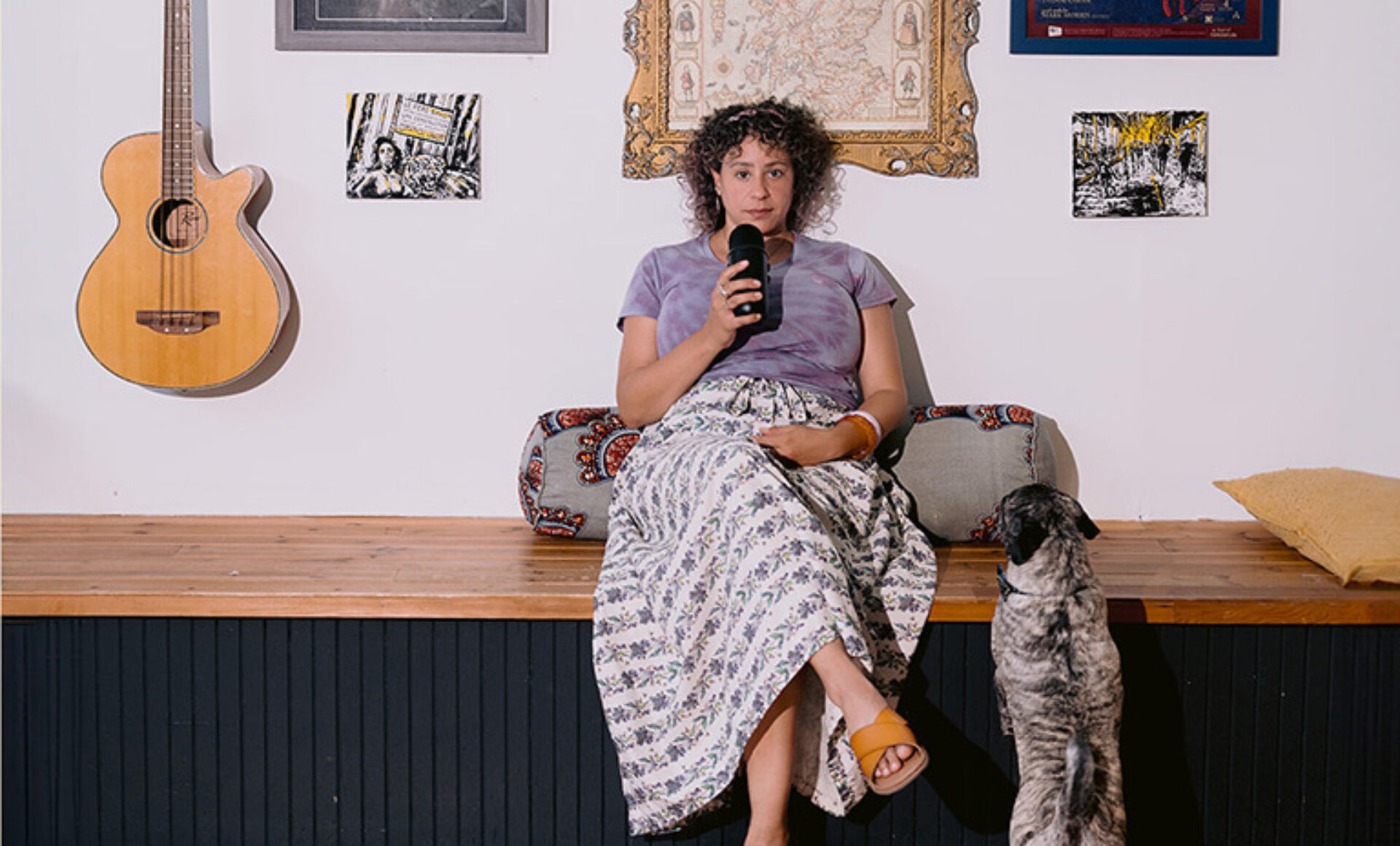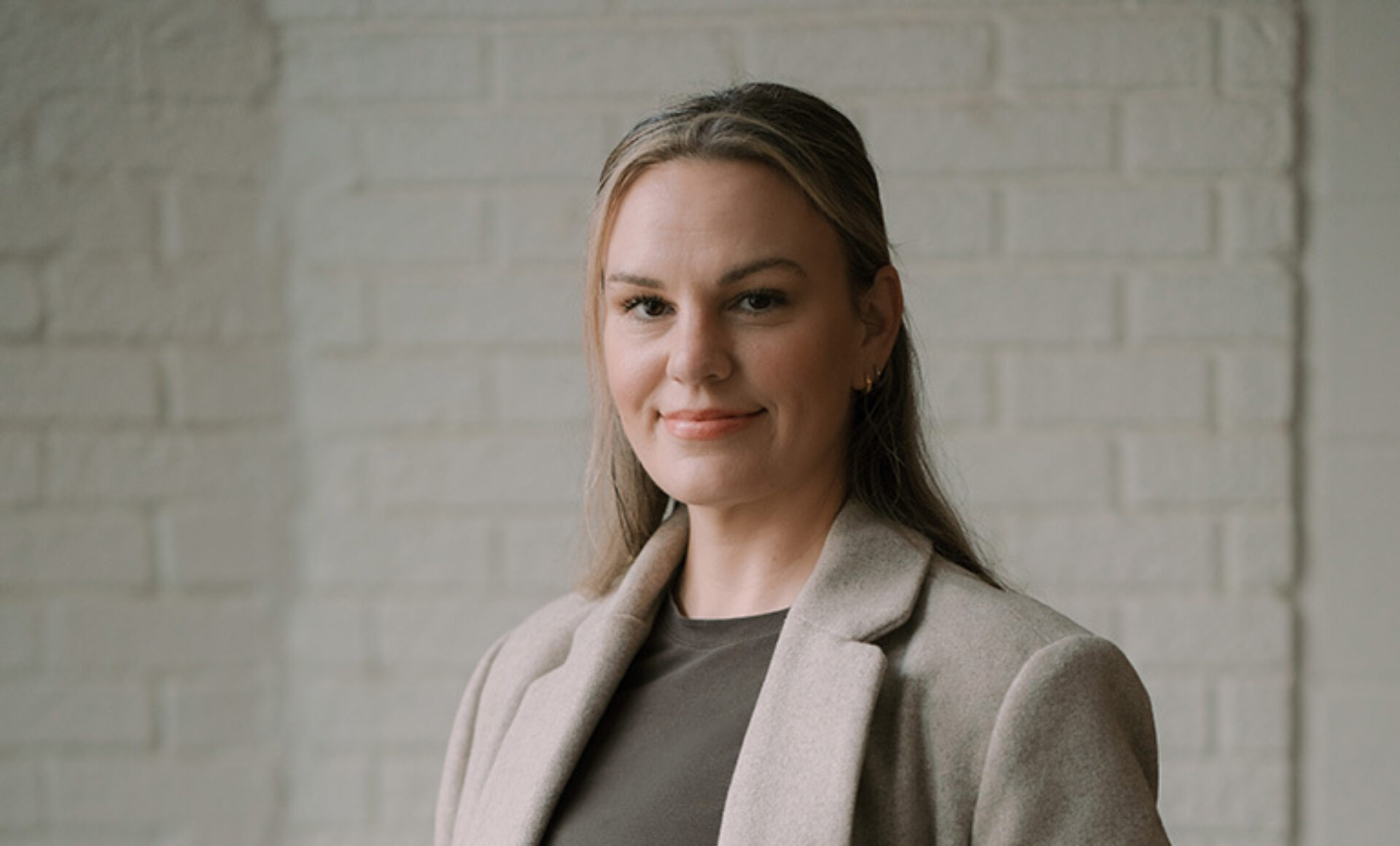What does equity mean in today’s design landscape? How do we ensure we drive equitable change in our communities and what is there to be done to help shape a more just world? Looking at equity from a lens of education, leadership, and industry partnership, the IIDA Equity Council Roundtable at NeoCon discussed the past, present, and future of a profession based on creativity, individuality, and boundary pushing.
Led by IIDA Executive Vice President and CEO, Cheryl S. Durst, Hon. FIIDA and IIDA Director of Member Services, Monae Redmond, this roundtable discussion brought together leading voices from the IIDA Equity Council to discuss bringing Equity, Diversity, and Inclusion (EDI) to life, including how to have open conversations, create actionable goals, and implement real change professionally and personally. Together with Council Co-Chairs Ronnie Belizaire, FIIDA, Vice President, JLL; Jon Otis, IIDA, founder and principal, O|A (Object Agency); Amy Storek, Ind. IIDA, CEO of the Americas, Arper; urged council members and the audience to rethink and discuss equity in its many different shapes and forms. This illuminating conversation spanned mentorship, diversity at the C-suite level, loneliness as a barrier beyond race, gender, and ethnicity, confidence, allyship, and the importance of taking a step forward no matter how small.

Here are a few key takeaways:
First Things First: Education
Real change requires meaningful action. Early exposure and the creation of new entryways to education and pathways to the design and adjacent industries—through internships, scholarships, sponsorship and more—are key. “You have to start early with school and after school programs,” said Megan Plante, Ind. IIDA. “Many kids don’t think they can do that so they need to see people who look like them doing that,” added Derek Rusch, stressing the importance of mentorship as a way of allowing for engagement with the kids, sense of accountability, and growth in design. The ways we can help diversify and develop opportunities for careers in interior design and architecture lie in opportunity and continued support—these are crucial to building systems that attract and advance a diverse group of design professionals.
Christine Peter, Ind. IIDA is all about mentorship. Bringing her personal life-changing stories mentoring children from under-served communities to the spotlight, she proves that change can indeed happen.“We need more education, more change, and we need to break that glass ceiling for the younger generation to come into the industry. We need to support and mentor them,” she says. Durst adds: “Loneliness is a barrier beyond race, gender, ethnicity—it is beyond being Black. It can happen even within the same family, if you’re the only creative person! Loneliness is really critical and can cause people to drop out.” Eliminating loneliness, providing access, and rethinking the way leaders reward performance and success are a great step forward in design and in life.


Leadership and Life at the C-Suite Level
The lack of diversity at the C-Suite level is a real and undeniable concern. The panel was adamant that “pushing someone to the C-Suite doesn’t take away from you—it makes you better”. “Leadership is about listening. It’s the young, smart, talented people who really inform our industry,” the panel added. “Resist the temptation to go for the big industries and focus on the purpose of each one—whatever your North Star is, it has to be bigger than a brand name and bigger than sales,” says Julia Monk, FIIDA.
From a leadership perspective: “You have to realize there are more than one ways of doing something,” says Karen Muraoka, FIIDA, focusing on a leader’s ability to keep an open mind and seek more than one direction. Tom Polucci, IIDA, agrees. “I’m fortunate to be surrounded by a lot of smart, young, talented people who are directly affecting what the leadership team at HOK is trying to do. It’s amazing to have that generation make us sit back and say, ‘you’ve got this, tell us how we can support you’. Advice and words of wisdom as the above make one rethink what they bring to the table allowing people the space to form and share their own ideas. This way the community becomes stronger, learns to communicate more effectively, and finds new ways of supporting one another.

Industry Partnership Starts with Elevating Others
Let's talk about allyship. As a key component in creating diversity in the industry, the essence of allyship lies in more than one thing: “Start elevating other people around you.” “Break the silos.” “Pull each other up.” “Just partner with someone—no smoke and mirrors. The more we do it, the more it’s shared, the more it becomes normal.” “Talk openly about what’s important to you as individuals, managers and leaders.” Speakers and the Council agree that having an equity director to oversee the mission of the company is of utmost importance. “It has to be direct and it has to be measurable—outcome and access.” They urge us to take into consideration the past, present and future, to look at historical figures, and to observe strategies, education, programming, public awareness that layer impact in the community. “It’s getting tiring to explain what being Black means day after day after day,” says Durst. But we have the responsibility to bring others to the table—and that might involve taking some risks. “Each one, teach one,” says Belizaire, who finds beauty in learning from one’s chapter and from the community. “Interior design is a team sport,” Monk adds. Why perpetuate sameness in a profession that is about being unique?
The Bottom Line
EDI is a huge thing—but it’s a series of smaller steps. Creating a space where everyone can share their stories, share their authentic self, and inspire others is critical. And optimism is contagious. In Durst’s words: “Spread EDI fairydust!”






